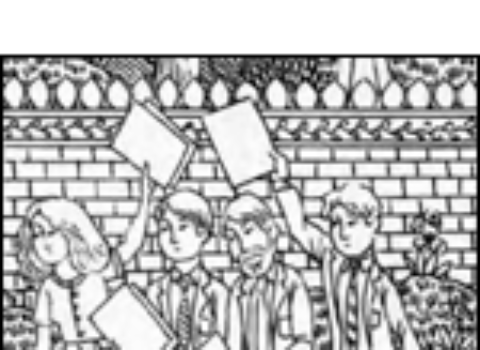The average athlete begins to wonder when his career is going to end almost as soon as he starts it—knowing that it either can be shortened with devastating swiftness by an injury, or eventually reach the point at which the great skills begin to erode.
Two summers ago I was driving up to Green Bay, Wisconsin, with a football player who had much of this on his mind. His name was Bill Curry, a veteran center who was on his way to the Packers’ training camp where he was going to give football one more try. He had started…































































































































































































